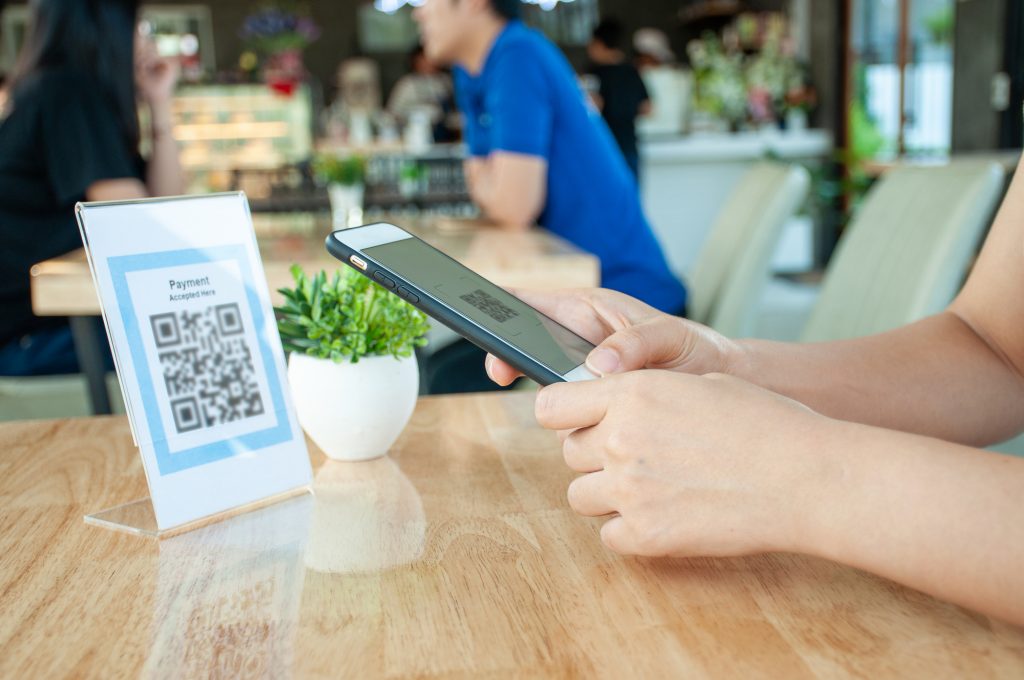In today’s fast-paced digital world, businesses are constantly seeking innovative ways to engage with their target audience. One such innovation that has gained significant traction in recent years is the use of QR codes in marketing. QR codes, short for Quick Response codes, are versatile tools that can bridge the gap between physical and digital marketing efforts, offering numerous benefits for businesses of all sizes. In this comprehensive guide, we’ll explore how to use QR codes effectively in your marketing strategies.
Understanding QR Codes
Before diving into how to use QR codes in marketing, let’s first understand what they are and how they work. QR codes are two-dimensional barcodes that can store various types of information, such as URLs, text, contact information, and more. When scanned with a smartphone or a QR code reader app, these codes can instantly lead users to the encoded content, making them a powerful marketing tool.
1. Mobile-Friendly Landing Pages
One of the primary uses of QR codes in marketing is to drive traffic to mobile-friendly landing pages. Create compelling landing pages with valuable content, such as exclusive offers, product information, or interactive experiences, and encode the URL into a QR code. Place these QR codes on physical marketing materials like posters, flyers, or packaging to encourage users to scan and engage with your brand.
2. Contactless Payments and Purchases
QR codes can streamline the buying process by enabling contactless payments and purchases. Integrate QR codes with popular mobile payment apps like Apple Pay, Google Pay, or PayPal to make transactions quick and convenient for customers. This approach is especially valuable for e-commerce businesses looking to simplify the checkout process.
3. Promotions and Discounts
Boost your marketing campaigns with QR codes that lead to exclusive promotions and discounts. Encourage customers to scan QR codes on advertisements, emails, or social media to access special offers or limited-time deals. This creates a sense of urgency and entices users to take action.
4. Product Packaging and Labels
Enhance the customer experience by adding QR codes to product packaging and labels. These QR codes can provide product details, user manuals, how-to videos, and customer reviews. By offering valuable information at their fingertips, you can boost customer satisfaction and loyalty.
5. Customer Engagement and Feedback
Use QR codes to facilitate customer engagement and gather feedback. Include QR codes on receipts, menus, or service invoices, prompting customers to leave reviews, complete surveys, or sign up for newsletters. This data can help you improve your products and services and build stronger customer relationships.
6. Event Marketing
If your business hosts events or webinars, QR codes can simplify the registration process. Create QR codes that link to event registration pages and distribute them through various channels, including physical invitations, social media, and email marketing.
7. Social Media and User-generated Content
Encourage user-generated content by using QR codes to lead customers to social media profiles, hashtags, or contests. Ask customers to scan the code and share their experiences on platforms like Instagram, Facebook, or Twitter. This creates organic buzz around your brand and expands your online presence.
8. Data Tracking and Analytics
Monitor the effectiveness of your QR code marketing campaigns by implementing tracking parameters in the encoded URLs. This allows you to gather valuable data on user engagement, conversion rates, and campaign performance, helping you make data-driven marketing decisions.
9. Dynamic QR Codes
Consider using our dynamic QR codes, which allow you to update the encoded content without changing the physical QR code. This flexibility is especially valuable for ongoing campaigns or promotions that require frequent updates.
10. Compliance and Transparency
For industries like healthcare and food services, QR codes can enhance transparency and compliance. Use QR codes to provide access to ingredient information, nutritional facts, and safety certifications on product packaging.
Conclusion
QR codes have evolved from being mere novelty items to becoming indispensable tools in modern marketing strategies. Their ability to seamlessly connect the physical and digital worlds opens up countless possibilities for engaging with your target audience. By implementing QR codes strategically in your marketing efforts, you can enhance customer experiences, drive sales, and stay ahead in the competitive landscape of the digital age. So, don’t miss out on the QR code revolution – start integrating them into your marketing campaigns today!

